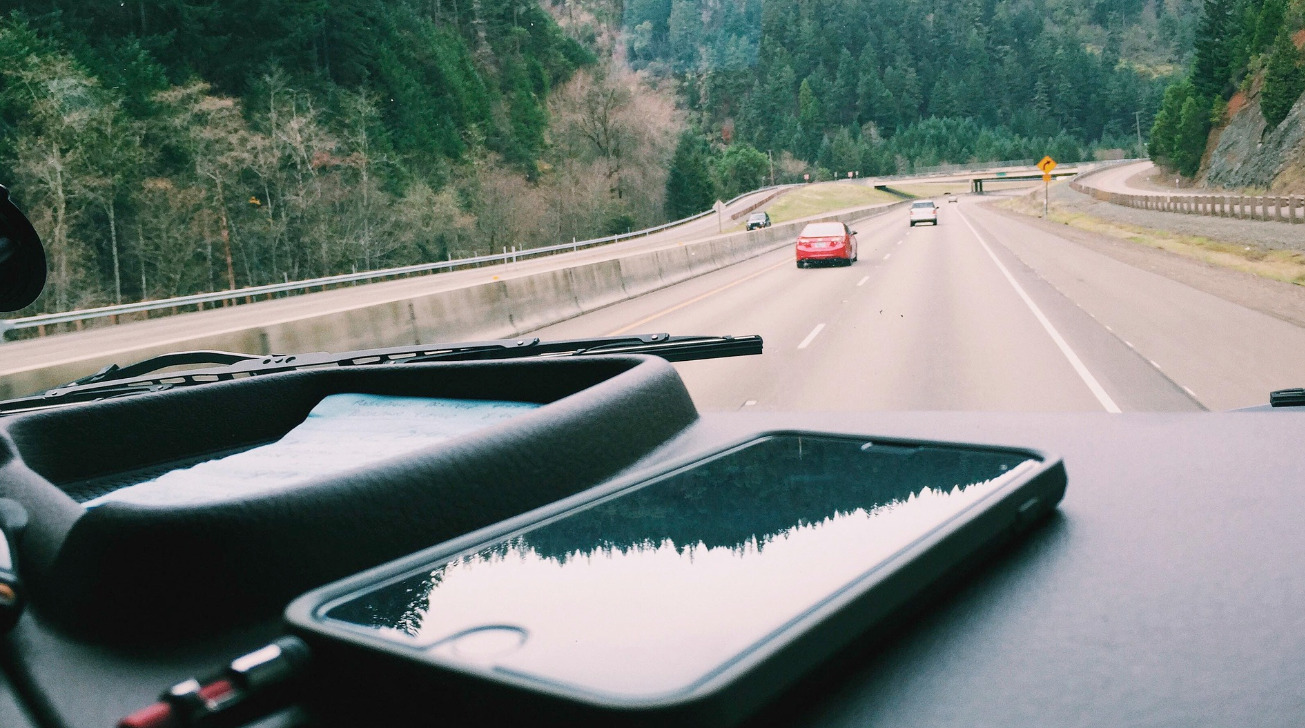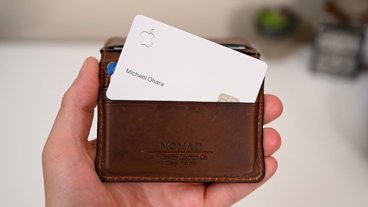Apple lays groundwork to use iPhone as a car key via NFC
Apple is seemingly taking the first steps to making an iPhone or Apple Watch function as a key for a car or van, with the presence of references to a "CarKey" API within the first iOS 13.4 beta indicating it could be used to unlock or even start a vehicle.
Apple released the first developer beta build of iOS 13.4 on Wednesday, but as is commonly the case for the builds, it did not advise of any changes to expect withing each of them. One behind-the-scenes change that is hidden in the code suggests at least one major new feature is in the works.
Appearing in the beta are references to an API called "CarKey." Found shortly after the beta's release on Wednesday by 9to5Mac, the API references reveal it could be used with cars that have some sort of NFC support.
In terms of what the CarKey API could do, it is thought its capabilities would include unlocking a vehicle, locking it, and starting the car. The API itself will be used to authenticate with a paired car's onboard computer, and in a similar fashion to some existing radio-based keyless entry systems, may only need to be held within range of a specific beacon within the vehicle to function.
Unlike features like Apple Pay transactions which rely on the iPhone being turned on to function, the feature will allegedly be able to function when the Apple Watch or iPhone is on low power or out of battery, similar to some Express Transit Card functionality. Pairing will occur via the Wallet app and the car manufacturer's app, with the iPhone needed to be placed on the NFC reader for the initial pairing process.
The key will not necessarily be limited to just one iPhone, as there are references to the possible sharing of a CarKey with other people. Invitations through the Wallet app could be offered to others, enabling the key to function on other iPhones, with the possibility of limiting the key to specific elements, such as being able to unlock and lock the car, but not to drive it.
It remains to be seen when exactly CarKey will roll out, but the initial references would indicate Apple is laying the groundwork for it to become a full feature down the line. It is more probable that it will be available to use long before the often-rumored Apple Car launches, with the high likelihood Apple is already working with other car producers to enable the feature.
Concept in Transit
Plans to give consumers the option to use their iPhone as a car key replacement became a possibility after the Car Connectivity Consortium published its first Digital Key Release 1.0 standard for NFC-enabled smartphone interactions with a vehicle in June 2018. Apple is a charter member of the CCC, and is largely expected to be implementing standards defined by such technical groups.
According to a white paper outlining the technology's architecture, Release 1.0 wanted to create standardized interfaces between a car, a smart device's NFC and Bluetooth Low Energy stack, secure element, first-party app, TSM, OEM backend and SE provider. OEMs are responsible for proprietary interfaces between their respective backends and the car.
Apple has also examined the concept of iPhone-based keyless entry systems in a patent application for "Enhanced automotive passive entry," which surfaced in August 2018. The filing suggested the use of magnetic antennas and radio frequency antennas to determine the range of the iPhone from the vehicle, enabling and disabling specific features based on its location.
Another patent granted in November 2019 for a "Mobile device for communicating and ranging with access control system for automatic functionality" put forward the idea of a similar system that combined the use of Bluetooth and Ultra-Wideband for a key. The proposed system would use Bluetooth to perform data transfers between the car and device, including the exchange of cryptographic keys in a challenge-response authentication process, while Ultra-Wideband would be used to detect the presence and range of the iPhone with far more range and accuracy than Bluetooth is capable of achieving.
 Malcolm Owen
Malcolm Owen











 Chip Loder
Chip Loder
 Andrew Orr
Andrew Orr
 Marko Zivkovic
Marko Zivkovic
 David Schloss
David Schloss



 William Gallagher
William Gallagher







